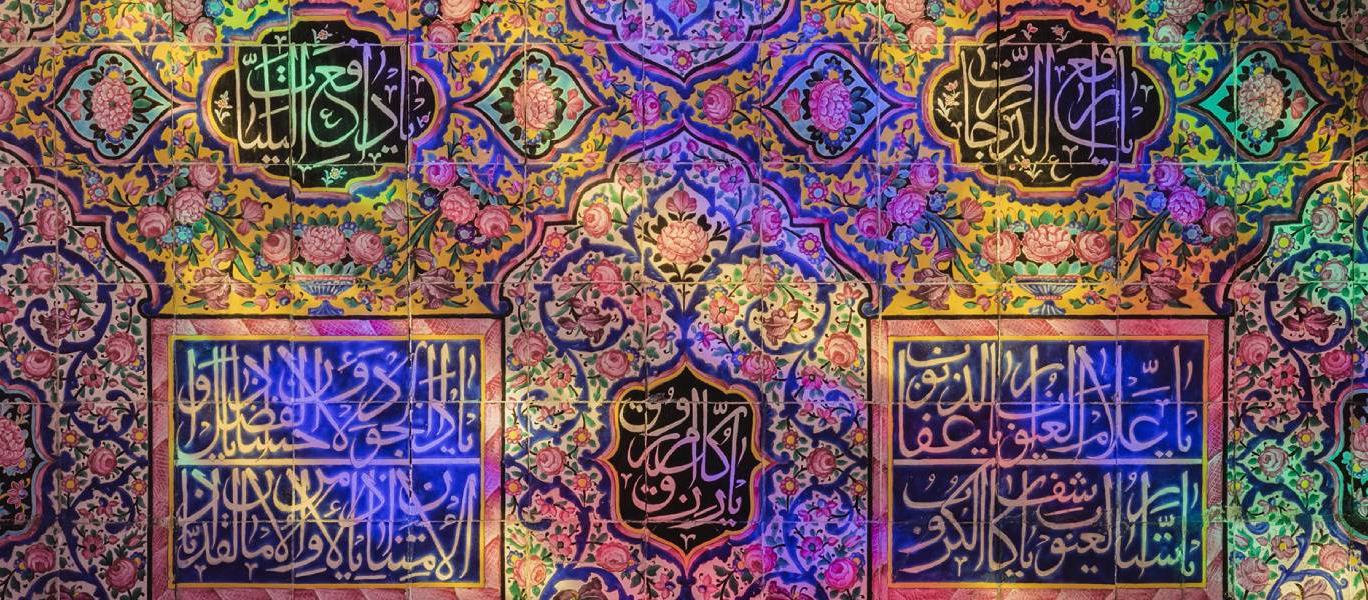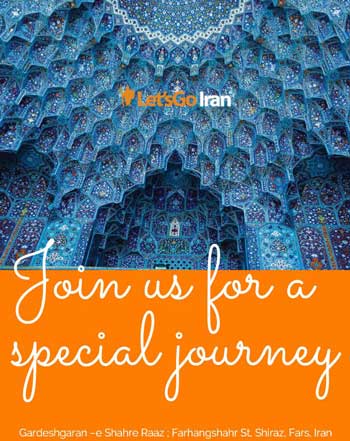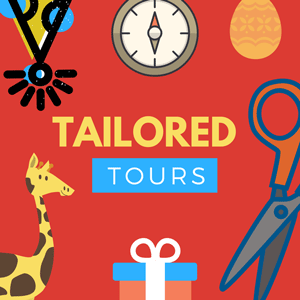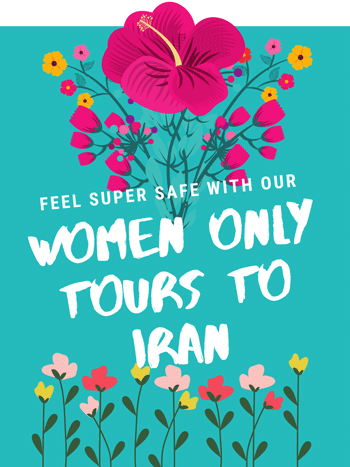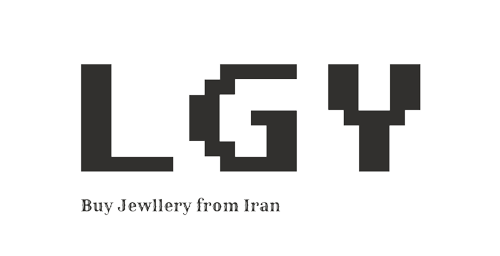Handpicked by local experts
Iran & India Combined Tour Package
An extraordinary adventure through Iran and India, where the timeless wonders of ancient Persia meet the vibrant tapestry of Indian culture, offering a mesmerizing journey through history, art, and breathtaking landscapes.
Visiting both Iran and India on the same trip offers a unique opportunity to explore the diverse cultures, rich histories, and stunning landscapes of these two captivating countries. Here are some compelling reasons to consider visiting both countries at once:
1. Rich Historical Exploration
- Ancient Civilizations: Both Iran and India are home to some of the world’s oldest civilizations, offering a deep dive into ancient history, architecture, and cultural evolution.
- World Heritage Sites: Experience numerous UNESCO World Heritage Sites, such as Persepolis in Iran and the Taj Mahal in India, showcasing the architectural and cultural achievements of these regions.
2. Diverse Cultural Experiences
- Cultural Diversity: Discover the vibrant cultural tapestry of Iran’s Persian heritage and India’s diverse cultural traditions, each with its own unique art, music, and festivals.
- Religious Heritage: Explore significant religious sites, including mosques, Zoroastrian temples, and Baha'i gardens in Iran, as well as Hindu temples, Buddhist stupas, and Sikh gurdwaras in India.
3. Contrasting Landscapes
- Natural Beauty: Enjoy the varied landscapes of Iran, from deserts and mountains to lush gardens, alongside India’s diverse terrain, including the Himalayas, tropical beaches, and lush forests.
- Variety of Activities: Engage in activities such as exploring ancient ruins, hiking in the Alborz and Himalayan mountains, and experiencing the vibrant cities and serene countryside of India.
4. Culinary Diversity
- Rich Flavors: Savor the distinct culinary traditions of both countries, with Persian dishes like kebabs and saffron-infused stews, and Indian specialties such as biryani, curry, and street food.
- Unique Dishes: Enjoy local flavors and culinary techniques that reflect the region's cultural diversity and hospitality, offering a feast for the senses.
5. Efficient Travel Planning
- Proximity and Connectivity: The geographical proximity allows for efficient travel between the two countries, maximizing exploration time and minimizing travel fatigue.
- Shared Routes: Direct flights and established travel routes facilitate easier logistics and travel planning, allowing you to cover more ground in a single trip.
6. Broadened Perspectives
- Historical Context: Gain a comprehensive understanding of the region’s complex history and its impact on contemporary society by exploring both countries’ cultural narratives.
- Cultural Insights: Broaden your perspective on Middle Eastern and South Asian cultures, experiencing the diverse heritage and traditions of both nations.
7. Economic Benefits
- Cost-Effective Travel: Combining both countries into one trip can be more economical, saving on travel costs and providing better value for international flights.
- Extended Exploration: Make the most of your time in the region by visiting multiple destinations, offering a richer and more varied travel experience.
8. Unique Shopping Opportunities
- Local Crafts: Discover traditional crafts and souvenirs in both countries, such as Persian carpets, Indian textiles, and local jewelry and handicrafts.
- Bazaar Experience: Enjoy the vibrant atmosphere of local markets, each offering unique products and a distinct shopping experience.
Special Offers
-
Desert Tour
- Witness breathtaking sunsets, stroll on sand dunes, enjoy safari adventures, and gather around a campfire for tea and traditional music.
-
Culinary Tour in Shiraz
- Engage in cooking sessions and spend time with local families, experiencing authentic Persian hospitality.
- Engage in cooking sessions and spend time with local families, experiencing authentic Persian hospitality.
-
Carpet Workshop
- Visit workshops where skilled artisans craft and design beautiful carpets, learning about their intricate processes.
-
Nomadic Experience
- Live with nomads, embrace their tranquil lifestyle, and enjoy light treks through picturesque mountains.
- Live with nomads, embrace their tranquil lifestyle, and enjoy light treks through picturesque mountains.
-
Zurkhaneh
- Observe traditional heroic sports accompanied by the recitation of moral Persian poetry.
Customized Itineraries
At Let's Go Iran, we pride ourselves on creating tailor-made itineraries to suit your preferences, ensuring complete flexibility. Our thoughtfully curated tours cover must-visit cities and landmarks, but these are just starting points. Simply let us know how many days you wish to stay, and we'll craft a personalized package for you. Whether you prefer a leisurely pace or a more compact itinerary, we're here to make your trip unforgettable.
Suggested Itinerary
A combined tour package for Iran and India provides an opportunity to explore the rich cultural heritage, historical landmarks, and stunning landscapes of these two vibrant countries. Here's a suggested itinerary for a two-week tour:
Day 1-3: Tehran, Iran
Day 1: Arrival and Exploration
Arrive in Tehran, Iran's bustling capital. Begin your journey at the Golestan Palace, a UNESCO World Heritage Site known for its exquisite architecture and beautiful gardens. Visit the National Museum of Iran to see artifacts from ancient Persia, and end your day at the bustling Grand Bazaar for a taste of local life and shopping.
Day 2: Cultural and Modern Highlights
Explore the Sa'dabad Complex and Niavaran Palace, showcasing the opulent lifestyles of Iran's past rulers. Enjoy panoramic views of the city from the Milad Tower.
Day 3: Nature and Adventure
Take a day trip to Mount Tochal for hiking or enjoy the scenic Tochal cable car ride, offering breathtaking views of the Alborz Mountains and Tehran's skyline.
Day 4-5: Isfahan, Iran
Day 4: Architectural Marvels
Travel to Isfahan, renowned for its stunning Islamic architecture. Visit Naqsh-e Jahan Square, Imam Mosque, and Sheikh Lotfollah Mosque to admire their exquisite craftsmanship.
Day 5: Historical and Cultural Insights
Explore Vank Cathedral, reflecting Isfahan's Armenian heritage, and stroll across the historic Si-o-se-pol Bridge. Visit the Bazaar of Isfahan to experience local culture and shop for traditional crafts.
Day 6-7: Shiraz, Iran
Day 6: Gardens and Mosques
Journey to Shiraz, the city of poets and gardens. Visit the Nasir al-Mulk Mosque with its vibrant stained glass, the Vakil Bazaar, and the serene Eram Garden.
Day 7: Ancient Persian Ruins
Take a day trip to Persepolis, the ancient ceremonial capital of the Achaemenid Empire, and explore the rock-cut tombs at Naqsh-e Rustam.
Day 8: Fly to Delhi, India
Day 8: Arrival and City Tour
Arrive in Delhi, India’s capital. Explore the historical and cultural sites of Old Delhi, including the Red Fort, Jama Masjid, and Chandni Chowk. Visit the Raj Ghat, the memorial of Mahatma Gandhi, and explore the colonial architecture of New Delhi, including India Gate and Rashtrapati Bhavan.
Day 9-10: Delhi and Agra, India
Day 9: Cultural and Historical Highlights
Visit Humayun's Tomb and the Qutub Minar complex, both UNESCO World Heritage Sites. Explore the vibrant markets and enjoy a traditional Indian meal.
Day 10: Journey to Agra
Travel to Agra to visit the iconic Taj Mahal, a UNESCO World Heritage Site and one of the New Seven Wonders of the World. Explore the Agra Fort, a stunning example of Mughal architecture.
Day 11-12: Jaipur, India
Day 11: Arrival and Exploration
Travel to Jaipur, the capital of Rajasthan, known as the "Pink City." Visit the Amber Fort, a magnificent hilltop fortress with stunning views, and explore the City Palace complex.
Day 12: Cultural Immersion
Visit the Hawa Mahal (Palace of Winds) and the Jantar Mantar, an astronomical observatory. Enjoy shopping for traditional crafts and textiles at the local bazaars.
Day 13-14: Mumbai, India
Day 13: Arrival and City Tour
Fly to Mumbai, India’s financial and entertainment capital. Visit the Gateway of India, Chhatrapati Shivaji Terminus (a UNESCO World Heritage Site), and the historic Elephanta Caves on Elephanta Island.
Day 14: Departure
Spend your final day exploring the vibrant neighborhoods of Colaba and Bandra, enjoying local cuisine, or visiting Marine Drive for a scenic walk along the Arabian Sea before your departure.
Iran Travel FAQ
Is it safe to travel to Iran now?
In general, Iran is much safer than many from the West might believe. Most people are genuinely friendly and interested to know about you and your country, so leave aside your preconceptions and come with an open mind.
Iran is still a relatively low-crime country, although thefts and muggings have been on the increase in recent years. Keep your wits about you, and take the usual precautions against pickpockets in crowded bazaars and buses, for sure much safer than any other touristic city.
Ignore the media hype, your chances of facing anti-Western sentiment as a traveler are none. Even hardline Iranians make a clear distinction between the Western governments they distrust and individual travelers who visit their country.
Is it possible to use a credit card in Iran?
No. It is not possible. Because of the sanction against Iranian banks, you are not able to use a credit card in Iran so you need to bring cash with you. Alight there are some new solutions for you to open an account and have a local card.
When is the best time to visit Iran?
March, April, and May are in the peak season of the year. Persian New Year starts on March 21st, or 22nd. There are many travelers not just from Iran but also from all over the world who are eager to see Persian ceremonies and the like.
For those who like to have a more relaxing time and to stay in cozy places and a more affordable fee, quiet sights, more relaxing time, and less hustle and bustle visits, we do recommend June, July, and August.
Is there any limitation on travel to Iran as an unmarried couple?
No, do not worry at all. There is no limitation for unmarried couples to travel to Iran. They can stay at the hotel in the same room without any problem because the hotel won’t ask about your relationship.
What to wear in Iran?
Obeying Islamic rules including Hijab or Islamic dress code is necessary for Iran. However, these rules are not observed very strictly, especially for tourists and foreigners. You must not worry about maintaining your hijab since in times you have forgotten about it, the maximum penalty will be a request (usually in a kind way) to make it correct.
Is there Internet access in Iran?
Internet access is pretty good with lots of coverage everywhere and for sure cheap. All the hotels, restaurants, and cafes+ in Iran have WIFI so you can access the Internet when you are at your hotel in all cities.
Additionally, Let’s go Iran will give you an Iranian sim card upon your arrival. This way, you will have Internet access in the streets during your tour. If your data is finished, you can ask your guide to help you to recharge it.
Please keep in mind a point regarding the social Apps (Media) in Iran: You can use What's app, Linkedin, and Instagram in Iran easily and without any restrictions. BUT Facebook, Telegram, and Twitter are blocked in Iran. To use them, you need to install apps to bypass the filtering.
What are the extra costs you need to pay during your trip to Iran?
The entrance fee is approximately 1 to 10 US$ per person for each site. Some sites are less expensive and some sites are more expensive.
Food
A very good traditional meal in a good restaurant is almost 7 US$ per person,
Currency
You are able to bring your money in Euro or Dollars and exchange your money in the reliable exchange offices in main cities, and at the airports.
Tips
Please notice that it is not necessary to pay tips to the persons who meet during your trip in Iran, but if you are interested to pay tips to them, you can pay 10 US$ per day
What can I buy as a souvenir in Iran? Can I buy souvenirs like Persian rugs in Iran?
Because of the rich culture of Iran, you can find various handicrafts there. You will have many options to choose as a souvenir in each city in Iran such as Iranian rugs, saffron, pistachios, and handmade crafts.

